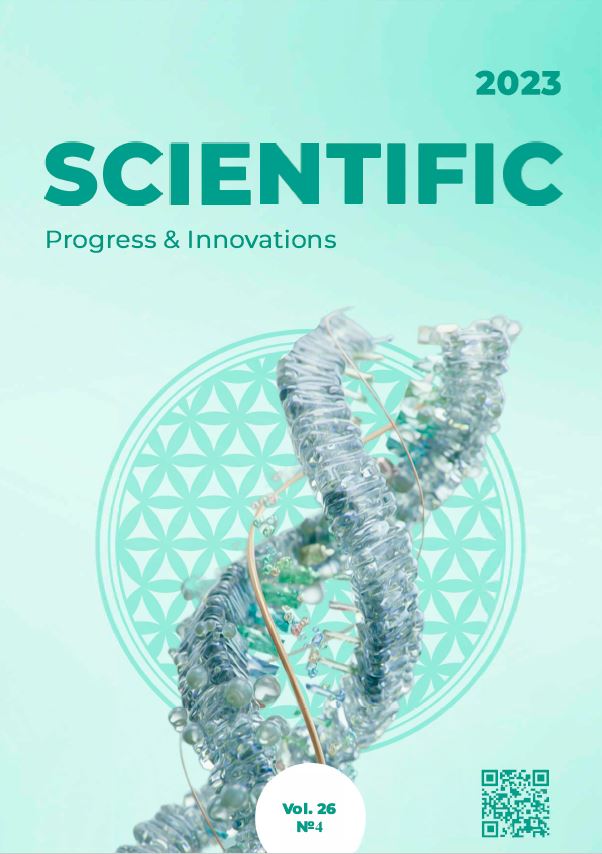Chemical protection of spring barley against dominant pests in the conditions of the Right-Bank Forest-Steppe of Ukraine
DOI:
https://doi.org/10.31210/spi2023.26.04.12Keywords:
spring barley, pests, insecticides, chemical protection of plantsAbstract
Damage and development of pests of spring barley is an urgent problem in the agriculture of Ukraine. Excessive specialization of farms under grain crops and climate change cause an increase in the number of pests and changes in the ecological optimum for their development. At the same time, dominant phytophages cause the greatest damage to the crop, which is explained by their high fertility and intensity of reproduction. In order to protect spring barley from pests, we used chemical protection agents that allow us to control a wide range of pests in a short period. Pest control was carried out using methods generally accepted in plant protection on two varieties of barley, Quench and Komandor. The first application of insecticides took place even before sowing, by treating the seeds with the poisoner Gaucho Plus 466 FS, TN (imidacloprid 233 g/l + clothianidin 233 g/l) at a consumption rate of 0.5 l/t. This made it possible to reduce damage to plants by the bread flea and prevent damage by soil and intra-stem pests. Damage to the leaf surface of barley plants due to the use of pesticides was at the level of 3.6–4.8 % against 9.0–10.3 % in the control version. During the crop growing season, the main danger to the crop was cereal aphids, Haplothrips tritici and Eurygaster integriceps. Application of insecticides Decis pro 25 WG (deltamethrin 250 g/kg) – 0.04 l/ha, Karate 050 EC (lambda-cyhalothrin – 50 g/l) – 0.2 l/ha and Decis F-lux (deltamethrin, 25 g/l) – 0.3 l/ha in the HGSA 23‒32 phase allowed to effectively control the number of cereal aphids and wheat thrips. The technical efficiency of insecticides on the 7th day after application was 87.8–91.5 % against aphids and 72.7–78.3 % against wheat thrips. The last treatment with insecticides was carried out in the phase of milky grain maturity against the harmful shell bug, the technical efficiency of insecticides on the 7th day ranged from 84.5 to 89.1 %. In general, the use of insecticides makes it possible to effectively control the number of pests throughout the spring barley vegetation.

 Creative Commons Attribution 4.0 International Licens
Creative Commons Attribution 4.0 International Licens